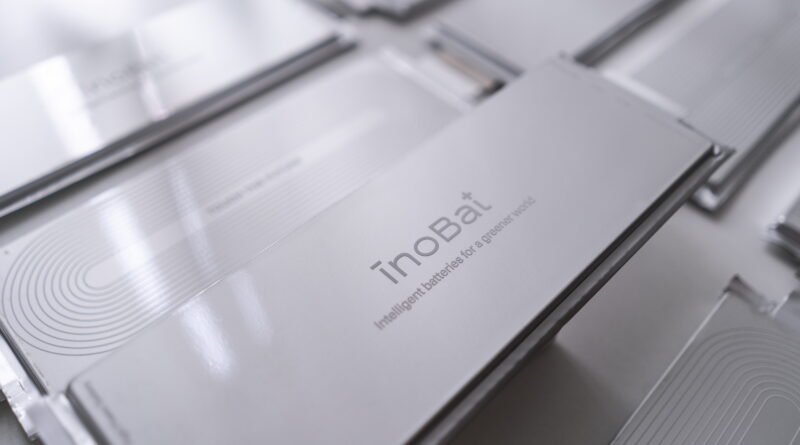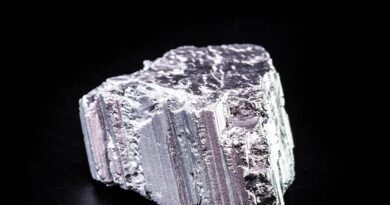Sibanye Stillwater: Initial steps to position in mobility battery metals
Sibanye Stillwater reports in its half-yearly update that the global shift towards more socially and environmentally aware behaviours and policies continues to gain momentum, with emphasis on climate change. Future investment in and renewable energy and other green industrial activity, is likely to support the prices of commodities required for the green energy economy, and those produced in an environmentally friendly manner over an extended period. This includes a pivot away from hydrocarbon products as a primary input or fuel source including a notable acceleration in the expected adoption of electric vehicles into the automobile mix.
While not yet having material impact on internal combustion engine vehicle sales, the growth in demand for battery metals to meet requirements for electric vehicle production is already starting to have substantial implications for battery metal supply and is expected to accelerate.
Moreover, recent experience with the global electronic chip shortage, combined with concerns related to China’s trade policies that may leverage off China’s dominance in battery metal supply, is resulting in automotive manufacturers striving to establish regional supply chains and strategic offtake agreements through which they can secure reliable supply for key commodities.
The resultant increased demand for battery metals to support a prolonged expansion of the global battery electric vehicle (BEV) fleet over the next two to three decades, is going to require a commensurate increase in the supply of battery metals.
Primary expansion of the scale needed to meet BEV growth projected by some market commentators will be challenging. Initial steps to position Sibanye Stillwater in mobility battery metals were made during the period, with the acquisition of an initial stake in the Keliber lithium project in Finland concluded during H1 2021and the proposed acquisition of the Sandouville
Nickel Refinery in France likely to be concluded in Q1 2022 once conditions precedent have been met.
As an alternative source of supply, recycling is therefore likely to become a more significant contributor to battery metal supply as batteries and vehicles start reaching the end of their useful lives in increasing numbers towards the end of the decade and a circular economy is established.
Recognising the increasing likelihood (if not the quantum) of this shift towards increased electrification of the global automobile sector, some years ago, in 2019 Sibanye Stillwater acquired SFA (Oxford) to carry out detailed research and analysis into the evolution of future mobility, including batteries and BEV.
Becoming a meaningful participant in the green energy metals space is encapsulated by Sibanye Stillwater strategic objective of “Building an operating portfolio of green energy metals and related technologies” through implementation of our fourth sigmoid value curve.
This fourth sigmoid curve to establish a significant exposure to future green metals predominantly for the energy sector, in the corporation’s strategic growth strategy, is complementary to Sibanye Stillwater existing leading PGM mining and recycling operations, its latent uranium potential and newly acquired battery metals presence.
Growing Sibanye Stillwater green metals portfolio starts with:
- advancing company’s battery metals strategy;
- realising value from Sibanye Stillwater uranium assets;
- leveraging its existing recycling and tailings re-treatment businesses and
- understanding the value opportunities available from participating in the nascent green hydrogen economy through its existing leading PGM business.
This complements Sibanye Stillwater’s existing presence in gold and builds on the initial steps taken in the battery metals space.




